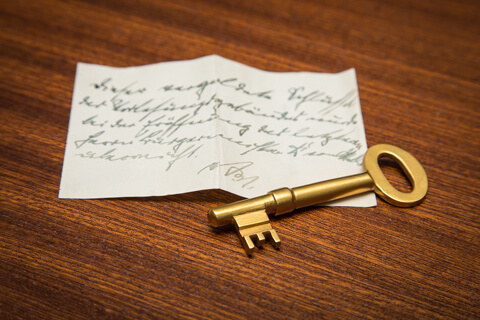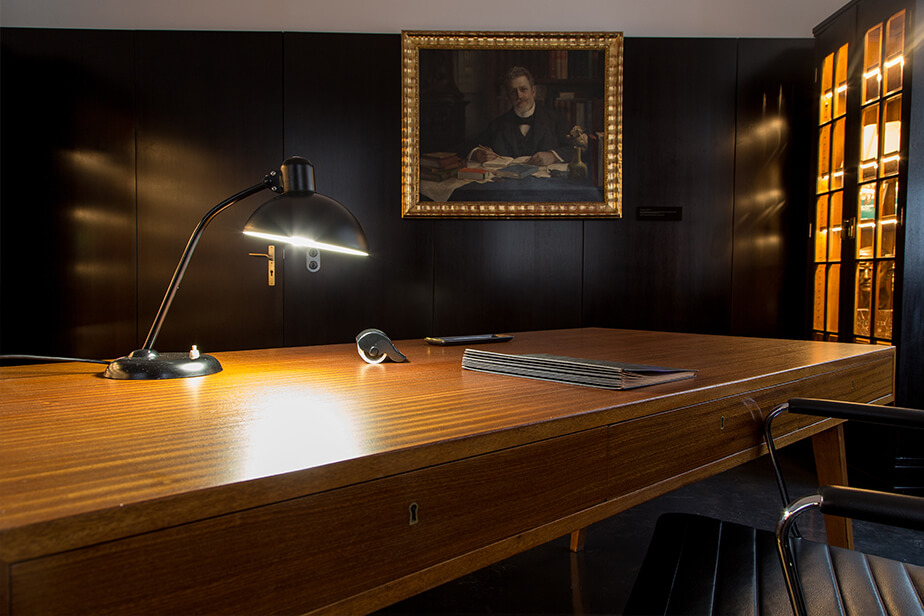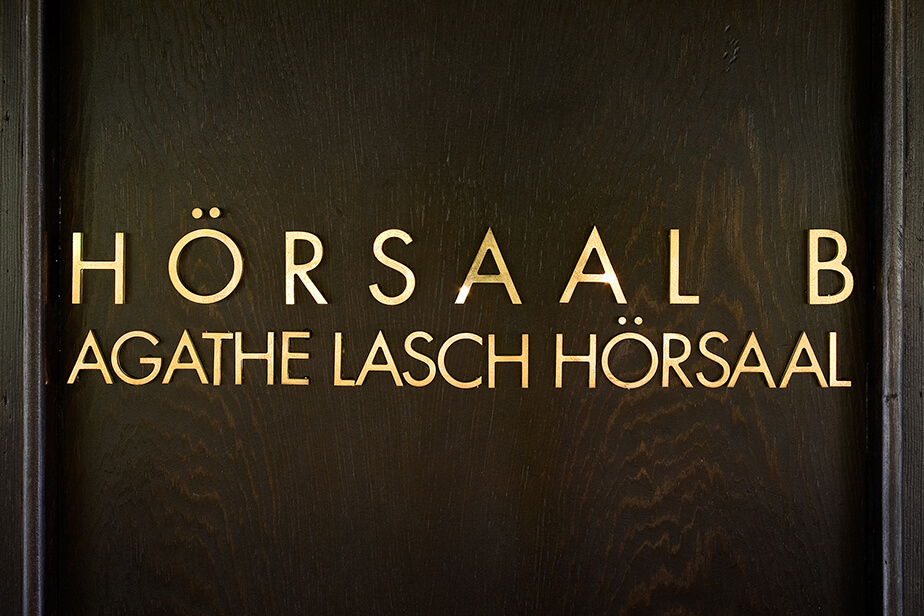Main Building
University history: The founding of Universität Hamburg
People were teaching and researching in Hamburg long before the city had its own university. There were numerous scientific and academic institutions, such as the Akademische Gymnasium (founded in 1613), the Botanical Gardens (established in 1821), and the Herbarium Hamburgense (founded in 1879). Housing 1.8 million specimens, the Herbarium is one of the world’s twenty largest scientific botanical collections.
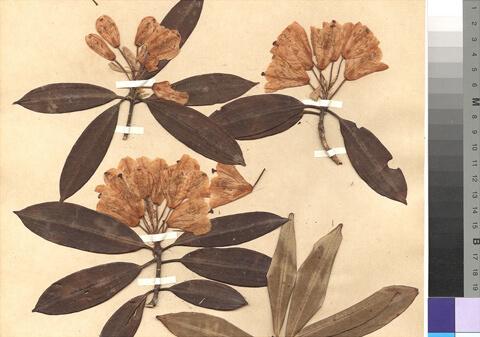
Werner von Melle and the founding of the University
For a long time, efforts to establish a university met with strong resistance on the part of Hamburg’s merchants. They saw Hamburg as a trading hub and feared both the costs of a university and competition from the mandarins for status and prestige.
Werner von Melle, elected mayor in 1915, is regarded at the University’s founding father. For many years, he plied the art of persuasion and paved the way for the University: he reformed the General Lecture Series in 1895, initiated the founding of the scientific foundation Hamburgische Wissenschaftliche Stiftung (HWS) in 1907, and created the Colonial Institute in 1908.
In 1913, he drafted the first bill to found a university—which failed. At the time (Winter Semester 1913/1914), 207 lecturers were offering 300 courses in the Main Building.
You’ll find yourself in the “Wandelhalle” or lobby when you first enter the Main Building. There, you’ll no doubt notice the bronze bust of Werner von Melle. Melle, who died in 1937, did not live to see the bust erected. It was only put on display in 1945, and not here, but on the landing at the end of the lobby.
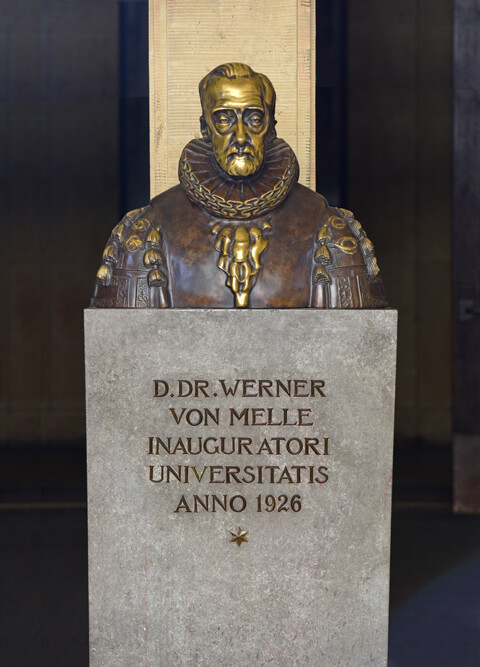
The founding of Universität Hamburg
The University was finally founded in March 1919. For the first time, the Hamburg Parliament was democratically elected and the Social Democrats had an absolute majority. During their third session, on 28 March 1919, “at 2:30 in the afternoon,” they resolved to found the Hamburgische Universität.
They further decided that the domed building near Dammtor train station would serve as the Main Building. It had been endowed by Edmund Siemers, a member of parliament, and given to the city in 1911. It quickly became the University’s landmark and is now a listed building. The rough-cast building, with its low height and Neo-Baroque design, resembles a pavilion. The architects, Hermann Distel and August Grubiz, added various features: with its four wings, the facade—a combination of Neoclassic and Baroque elements—bears a faint resemblance to a castle. The building itself is a modern construction made of reinforced concrete.
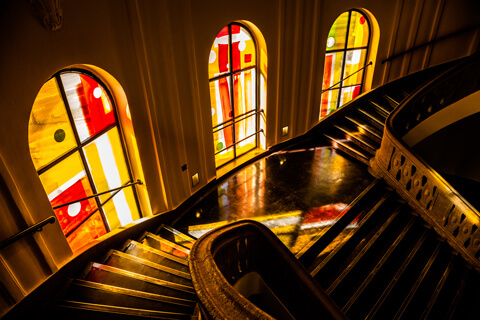
The University’s leitmotif
Twelve pairs of columns form a colonnade in front of the main entrance. The University’s mission statement is inscribed above the main door: Der Forschung | Der Lehre | Der Bildung, which means “To research, to teach, to educate and form.”
Today, the entire ensemble consists of the Main Building and its East and West Wings. Seven of the Main Building’s lecture halls are named after scientists and scholars driven from the University by the National Socialists.
